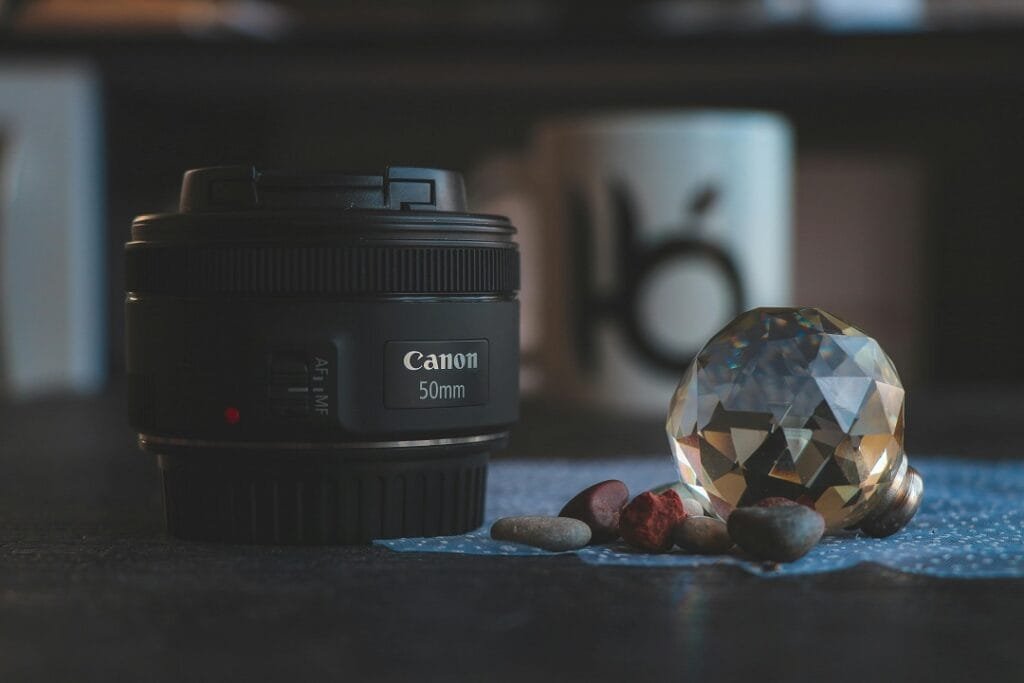When it comes to photography, one of the most fundamental concepts that every photographer needs to grasp is perfect focal length for photography. Focal length plays a key role in determining the look and feel of your photos. As it influences everything from perspective and magnification to depth of field and field of view. Whether you are a seasoned professional or a passionate hobbyist, understanding focal length and its impact on composition can help you capture more dynamic, professional-looking images.
In this comprehensive guide, we will explore what focal length is, how it affects your images, and how to select the right focal length for different types of photography. We’ll also delve into the various types of lenses. Also, their applications so you can confidently choose the perfect lens for your next photographic endeavor.
What is Focal Length?
Focal length is measured in millimeters (mm). Additionally, it refers to the distance between the lens’s optical center and the image sensor when the lens is focused at infinity. In practical terms, the focal length determines two key aspects of a photograph: the angle of view (how much of the scene is visible in the image) and the magnification of the subject (how large or small it appears in the frame).
Shorter Focal Lengths (Wide-Angle Lenses): These lenses have a wider angle of view and capture more of the scene. Obviously, they are typically used for landscapes, architecture, and large group portraits.
Longer Focal Lengths (Telephoto Lenses): These lenses offer a narrower field of view. In addition, allow you to magnify distant subjects, making them ideal for wildlife, sports, and portrait photography.
Understanding how focal length influences your photos is essential for any photographer, as it shapes both the technical and artistic qualities of the image. Indeed, the choice of focal length can have a profound impact on perspective, subject isolation, depth of field, and even storytelling within a single frame.
The Impact of Focal Length on Your Photos – Perfect Focal Length for Photography
Field of View – Perfect Focal Length for Photography
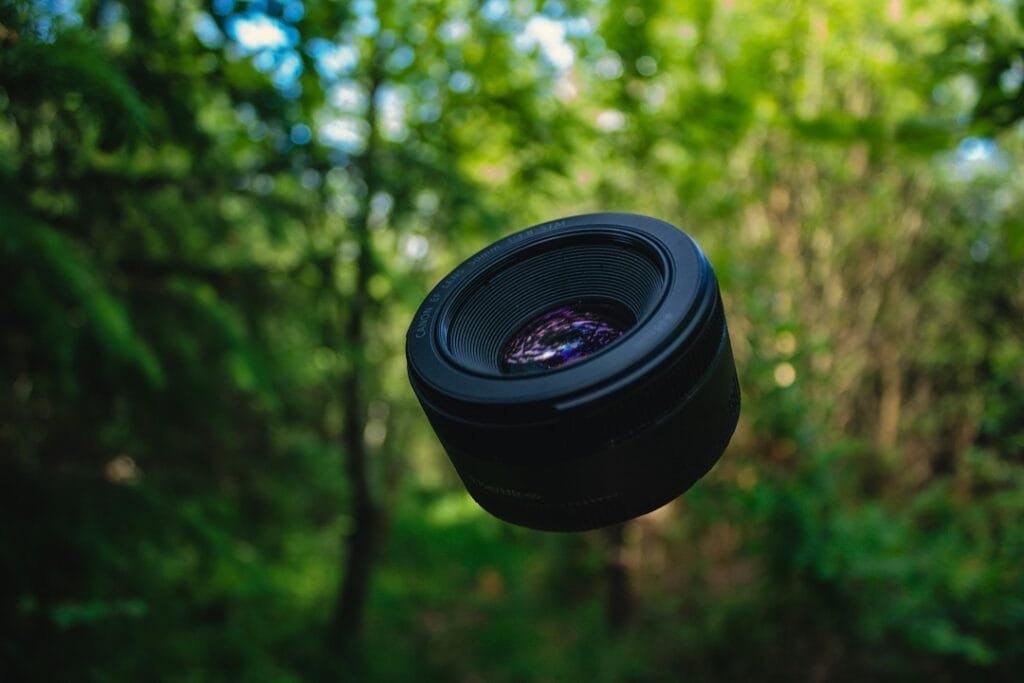
Field of view refers to how much of the scene is captured in the image. A wide-angle lens (short focal length) captures a larger portion of the scene, while a telephoto lens (long focal length) zooms in on a smaller part of the scene. This affects how much of the subject, background, and surrounding environment are included in the composition.
- Wide-Angle Lenses (16mm-35mm): These lenses provide an expansive view and are perfect for scenes where you want to capture as much of the environment as possible. This can be ideal for landscapes, cityscapes, and architecture.
- Telephoto Lenses (70mm-200mm): These lenses bring distant subjects up close, giving you a compressed field of view. They are perfect for capturing wildlife, distant action in sports photography, and portraits where you want to isolate the subject from the background.
Perspective – Perfect Focal Length for Photography
The perspective of an image is how the relative size of objects in the frame appears, as well as how objects in the distance are perceived. Especially focal length plays a key role in manipulating perspective:
- Wide-Angle Lenses: These lenses tend to exaggerate the sense of space in an image. Without a doubt they make objects in the foreground appear larger and objects in the background appear much smaller and farther away. This can be useful for creating dramatic, immersive landscape shots or emphasizing foreground elements in an architectural photo.
- Telephoto Lenses: In contrast, telephoto lenses compress perspective, making objects in the foreground and background appear closer together. This effect can be used creatively to emphasize certain elements within a scene, such as a wildlife subject against a distant mountain or a person against a crowded background.
Depth of Field – Perfect Focal Length for Photography
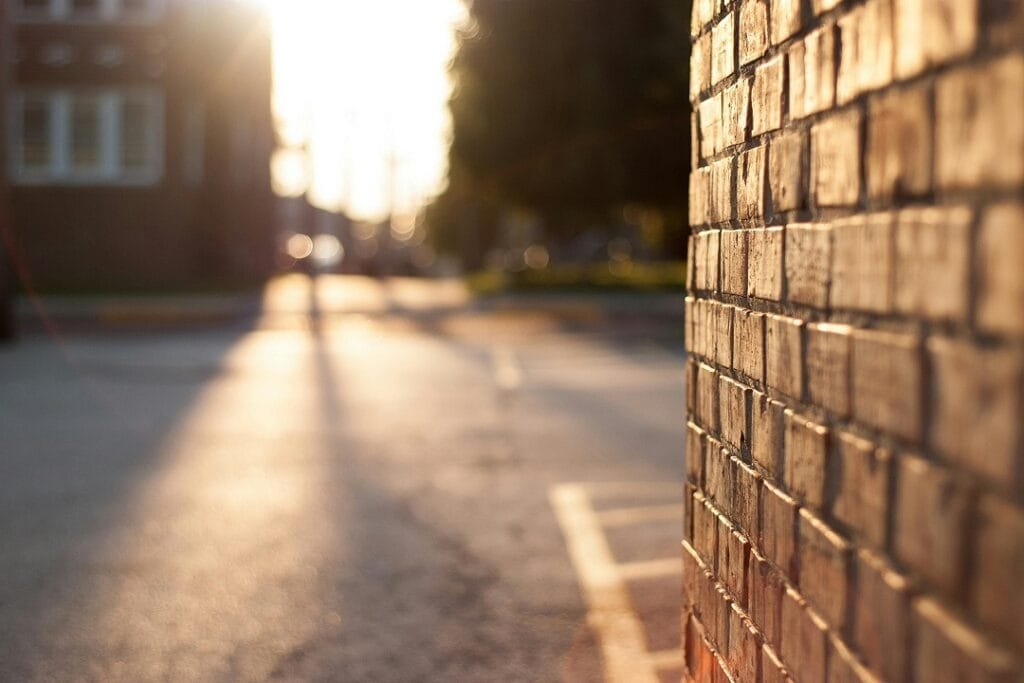
Depth of field refers to the zone of sharpness in an image. A shallow depth of field means only a small portion of the image is in focus, while a deep depth of field keeps much of the scene sharp. Focal length has a direct impact on the depth of field:
- Wide-Angle Lenses: Typically, these lenses have a deeper depth of field, meaning more of the scene will be in focus. This makes them ideal for landscapes and situations where you want a lot of detail throughout the image.
- Telephoto Lenses: These lenses produce a shallower depth of field, allowing you to isolate subjects by blurring the background. This is one of the reasons telephoto lenses are so popular for portrait and wildlife photography, as they create beautiful bokeh (blurred backgrounds) that helps the subject stand out.
Magnification – Perfect Focal Length for Photography
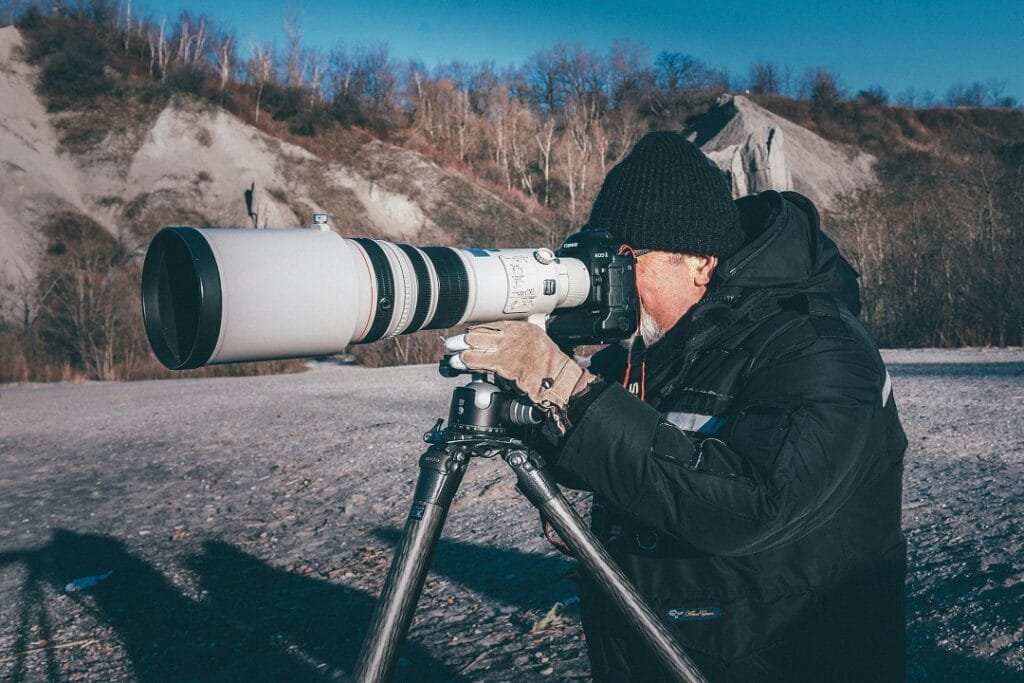
The longer the focal length, the more it magnifies distant subjects. This magnification is a key reason why photographers use telephoto lenses to photograph wildlife or sports – it allows them to capture distant subjects with incredible detail. A wide-angle lens, on the other hand, has less magnification, which means objects appear smaller in the frame.
Types of Focal Lengths and Their Applications
Wide-Angle Lenses (16mm-35mm) – Perfect Focal Length for Photography
Wide-angle lenses are characterized by their short focal lengths and expansive field of view. They typically range from 16mm to 35mm and are ideal for capturing broad scenes and emphasizing the depth of a composition. These lenses are useful for:
- Landscapes: The ability to capture large areas, from sweeping mountain vistas to dramatic skies.
- Architecture: Wide angles can make buildings appear grand and immersive. These are perfect for interior photography where space is confined.
- Group Portraits: Wide-angle lenses allow you to include multiple people in the frame while keeping everyone sharp, making them ideal for family photos or group shots at events.
Standard Lenses (35mm-50mm) – Perfect Focal Length for Photography
Standard lenses are the “jack of all trades” lenses, often referred to as “normal” lenses because they offer a field of view similar to that of the human eye. They are perfect for a wide range of photographic applications, including:
- Street Photography: The natural perspective provided by these lenses allows photographers to capture candid moments in an unobtrusive way.
- Portrait Photography: Standard lenses offer great subject isolation with a natural background blur, especially at wide apertures (f/1.8 or f/2.8).
- Everyday Photography: Whether you’re shooting food, travel scenes, or family portraits, a standard lens is versatile enough for most subjects.
Telephoto Lenses (70mm-200mm) – Perfect Focal Length for Photography
To magnify distant subjects telephoto lenses are the best. These are essential for capturing fine details from afar. They are typically useful for:
- Wildlife Photography: Telephoto lenses allow photographers to capture animals without disturbing them.
- Sports Photography: These lenses help photographers freeze fast-moving action in sports, such as football, basketball, or motorsport.
- Portrait Photography: A telephoto lens (typically around 85mm) can create stunning portraits with beautiful background blur, making the subject pop.
Super Telephoto Lenses (200mm+) – Perfect Focal Length for Photography
Super telephoto lenses provide extreme magnification, allowing photographers to capture distant subjects with incredible detail. These lenses are essential for:
- Wildlife Photography: Photographers can capture close-up shots of animals in their natural habitat without disturbing them.
- Sports Photography: Super telephoto lenses are perfect for shooting athletes from a distance.
- Astronomy Photography: These lenses can also be used for capturing detailed images of the night sky, including the moon and distant planets.
Factors to Consider When Choosing the Right Focal Length
Subject Matter

- Landscapes: Wide-angle lenses (16mm-35mm) are ideal for sweeping vistas and dramatic views.
- Portraits: Standard (35mm-50mm) and telephoto (70mm-200mm) lenses allow for beautiful subject isolation and background blur.
- Wildlife and Sports: Telephoto and super telephoto lenses are essential for capturing distant subjects with detail and clarity.
- Street Photography: Standard and wide-angle lenses (35mm-50mm and 16mm-35mm) allow for quick, unobtrusive shooting in dynamic urban environments.
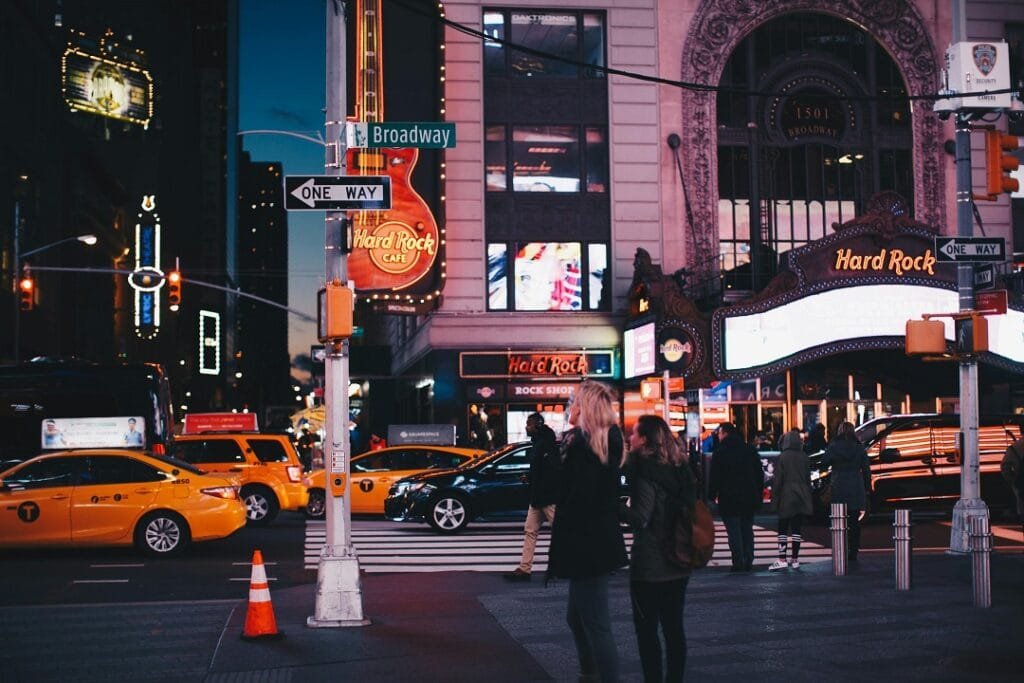
Camera Sensor Size
The size of your camera’s sensor can affect the effective focal length of a lens. On crop sensor cameras, the crop factor (typically 1.5x or 1.6x) multiplies the focal length, making a 50mm lens behave like a 75mm or 80mm lens. This is particularly important when selecting lenses for wildlife or sports photography.
Conclusion: Mastering Focal Length for Creative Excellence
Choosing the right focal length is one of the most important decisions you will make as a photographer. Understanding how focal length affects composition, perspective, depth of field, and magnification will help you create images that are both technically sound and visually compelling. From wide-angle lenses that capture expansive landscapes to telephoto lenses that bring distant subjects into sharp focus, each focal length has its unique advantages.
By considering factors such as your subject matter, creative vision, and camera sensor size, you can select the right lens for any situation. Whether you’re capturing the grandeur of nature, the emotion of a portrait, or the excitement of a sporting event, mastering focal length will allow you to elevate your photography to new heights.
